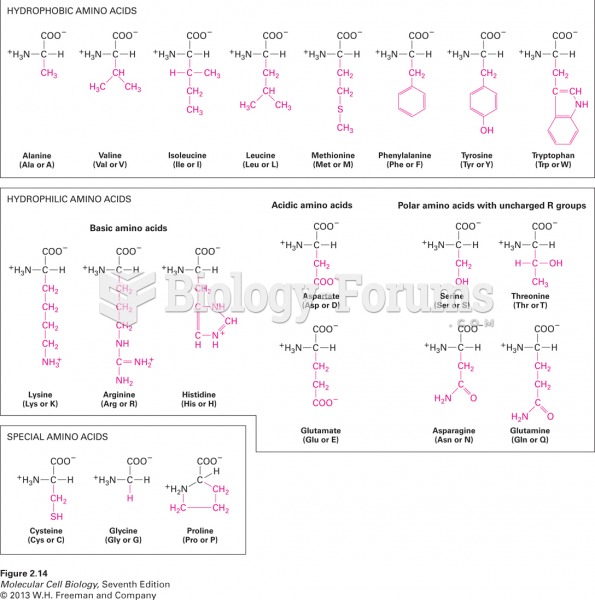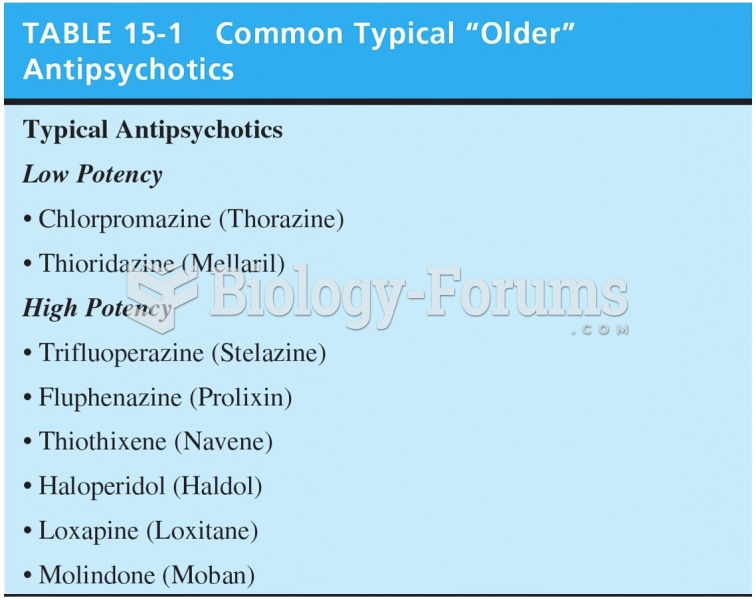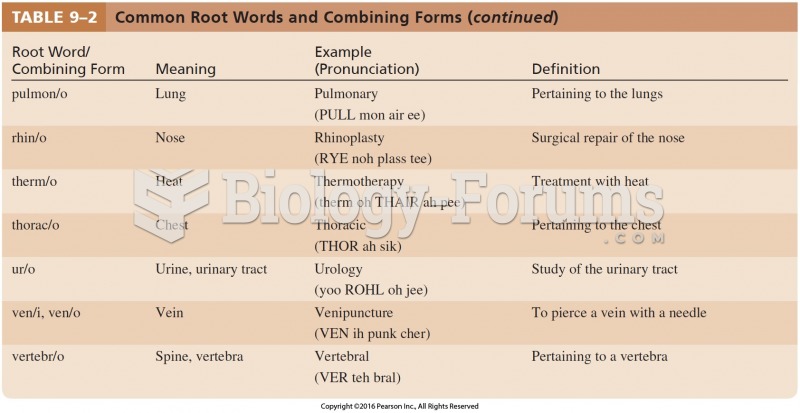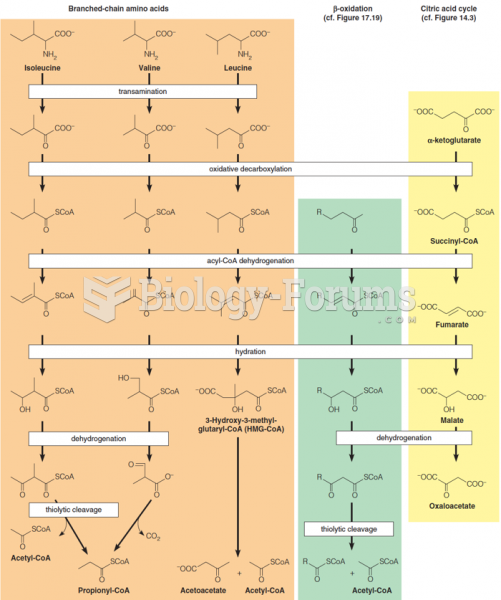Answer to Question 1
In nature, most double bonds are cismeaning that the hydrogens next to the double bonds are on the same side of the carbon chain. Only a few fatty acids (notably a small percentage of those found in milk and meat products) naturally occur as trans-fatty acidsmeaning that the hydrogens next to the double bonds are on opposite sides of the carbon chain. In the body, trans-fatty acids behave more like saturated fats, increasing blood cholesterol and the risk of heart disease.
Some research suggests that both naturally occurring and commercially created trans fats change blood lipids similarly; other research suggests that the negative effects are specific to only the commercial trans fats. In any case, the important distinction is that a relatively small amount of trans-fat in the diet comes from natural sources. At current levels of consumption, natural trans fats have little, if any, effect on blood lipids. Some naturally occurring trans-fatty acids, known as conjugated linoleic acids, may even have health benefits. Conjugated linoleic acids are not counted as trans fats on food labels.
In the body, trans fats alter blood cholesterol the same way some saturated fats do: they raise LDL cholesterol and lower HDL cholesterol. Limiting the intake of trans fats can improve blood cholesterol and lower the risk of heart disease. To that end, many restaurants and manufacturers have taken steps to eliminate or greatly reduce trans fats in foods. The decrease in trans-fatty acids in the food supply is apparent in a decrease in plasma concentrations of trans-fatty acids in consumers.
Answer to Question 2
Manufacturers can protect fat-containing products against rancidity in three waysnone of which are perfect. First, products may be sealed in air-tight, non- metallic containers, protected from light, and refrigeratedan expensive and inconvenient storage system. Second, manufacturers may add antioxidants to compete for the oxygen and thus protect the oil (examples are the additives BHA and BHT and vitamin E). Third, products may undergo a process known as hydrogenation.







